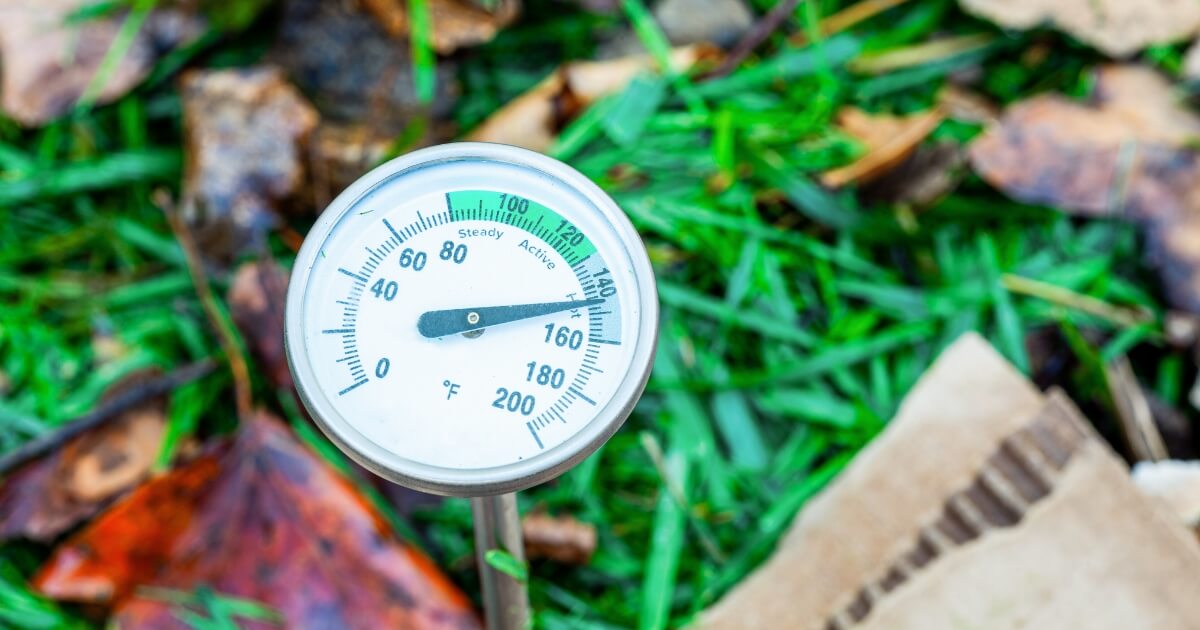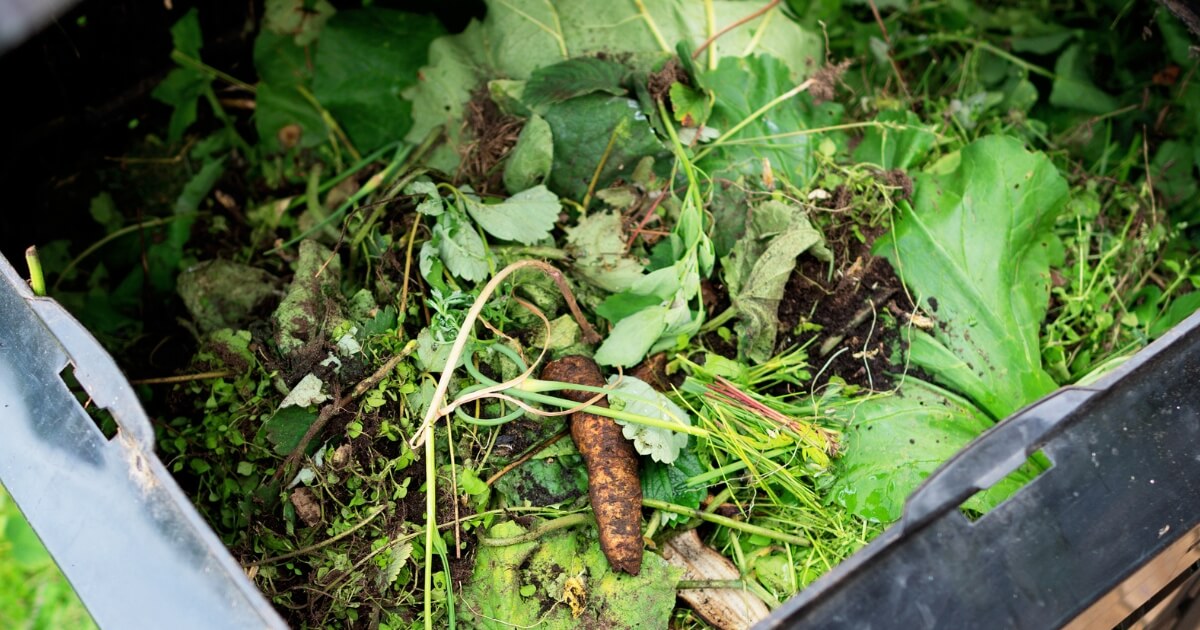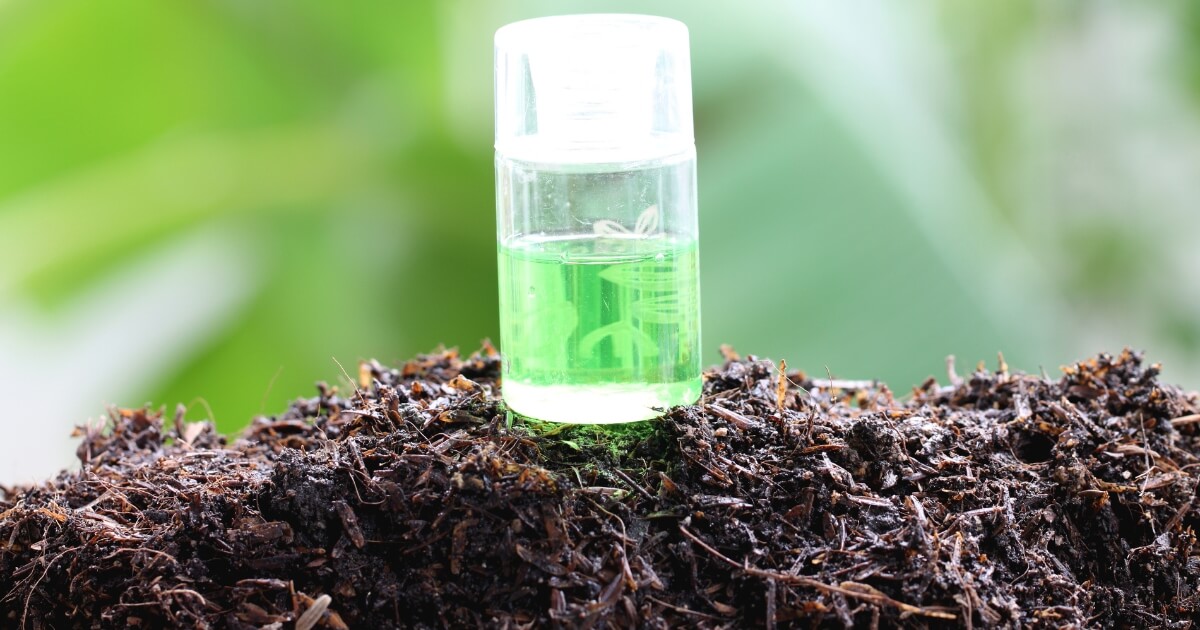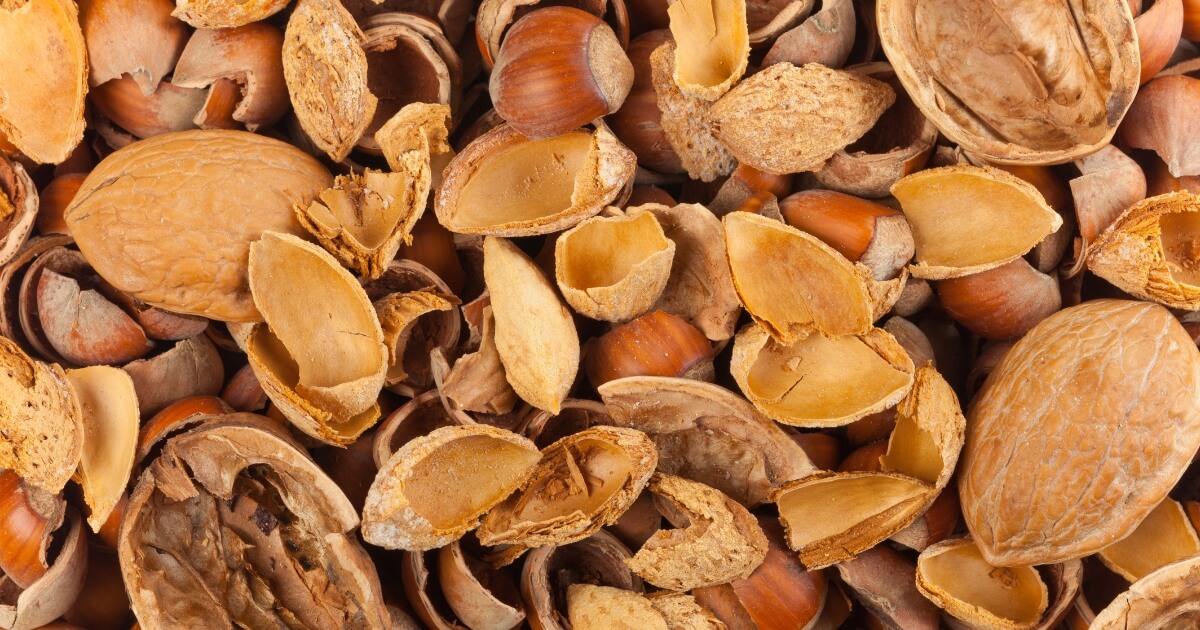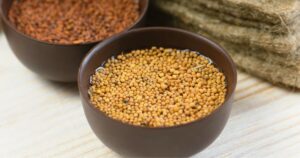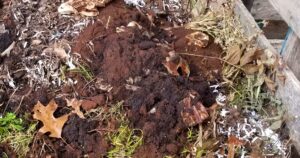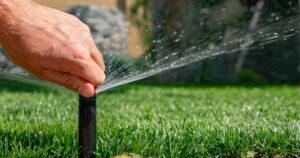Regardless of space, every gardener can find a method to transform waste into soil-enriching compost.
Starting with composting can feel overwhelming due to the variety of methods available. I’ll show you five methods catering to different spaces, whether you have a large backyard or a small indoor area.
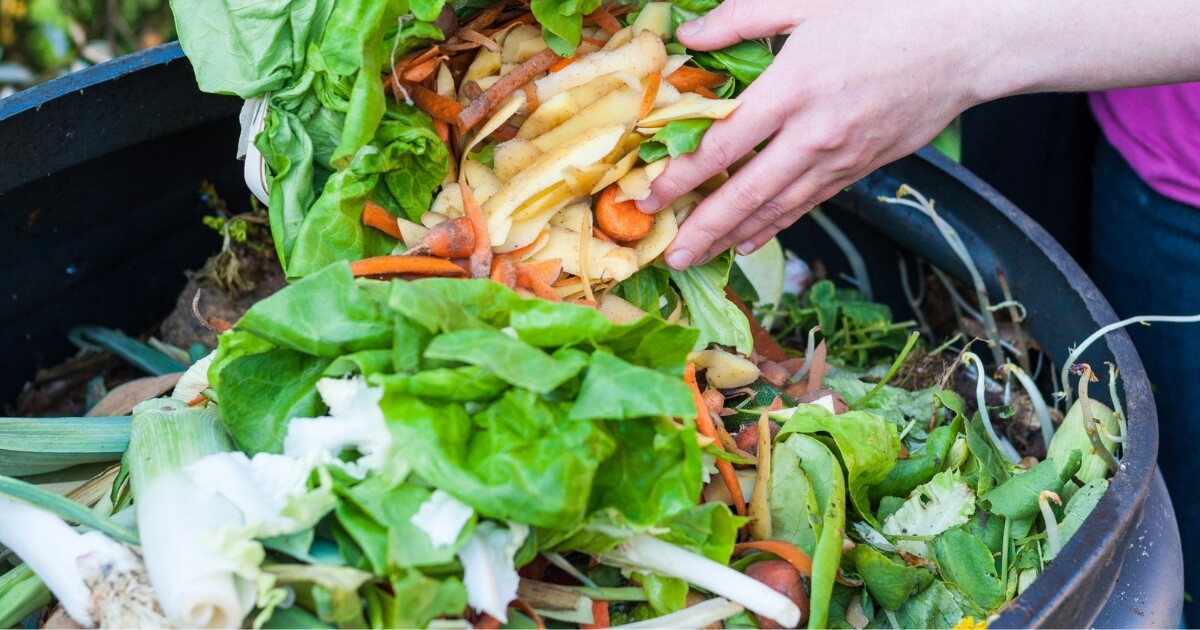
Traditional Composting
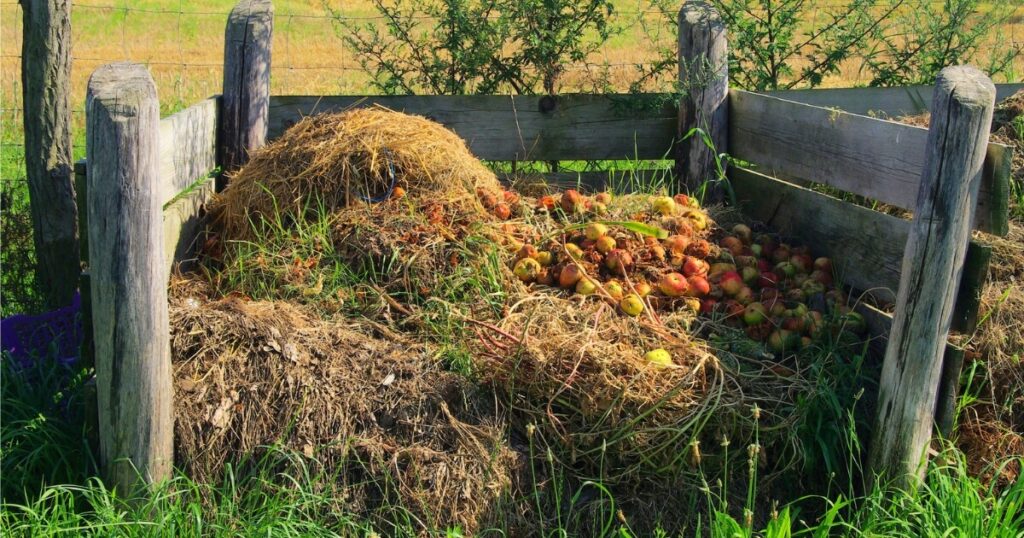
Traditional composting is the tried-and-true method many of us use to turn kitchen scraps and yard waste into garden gold.
This method involves piling up organic materials outdoors and letting nature do its thing with a little help from you.
If you’ve got some space in your backyard and don’t mind rolling up your sleeves, this method is right up your alley. It’s hands-on but not too demanding, perfect for those who appreciate the slower pace of nature’s processes.
- Definition: Creating compost in outdoor piles or bins.
- Steps: Layer organic material and turn it periodically.
- Time Frame: Several months to a year.
- Benefits: Large volume, versatile materials.
- Ideal for: Gardeners with outdoor space.
Tumbler Composting
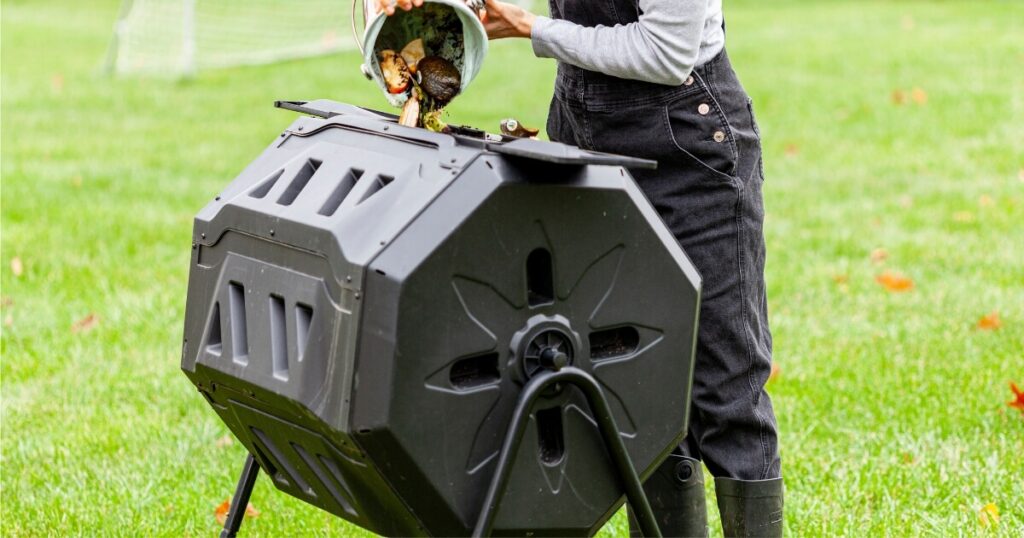
Now, let’s shift gears to tumbler composting. Picture a bingo cage, but instead of numbers, it’s filled with future soil goodness. That’s your compost tumbler—a rotating bin that gives your compost a spin on the regular.
This method is perfect for gardeners who want to speed up the composting process without turning it into a workout routine. It’s straightforward and low-maintenance.
Tumbler composting is particularly great if you’re short on space but still want to keep your green waste out of the trash can. With its closed system, you won’t have to worry about critters getting into your scraps either.
- Definition: Decomposition in a rotating bin.
- Steps: Regularly turn the bin for aeration.
- Time Frame: Faster, typically a few weeks to months.
- Benefits: Quicker, less labor-intensive.
- Ideal for: Those wanting faster results with moderate space.
Vermicomposting
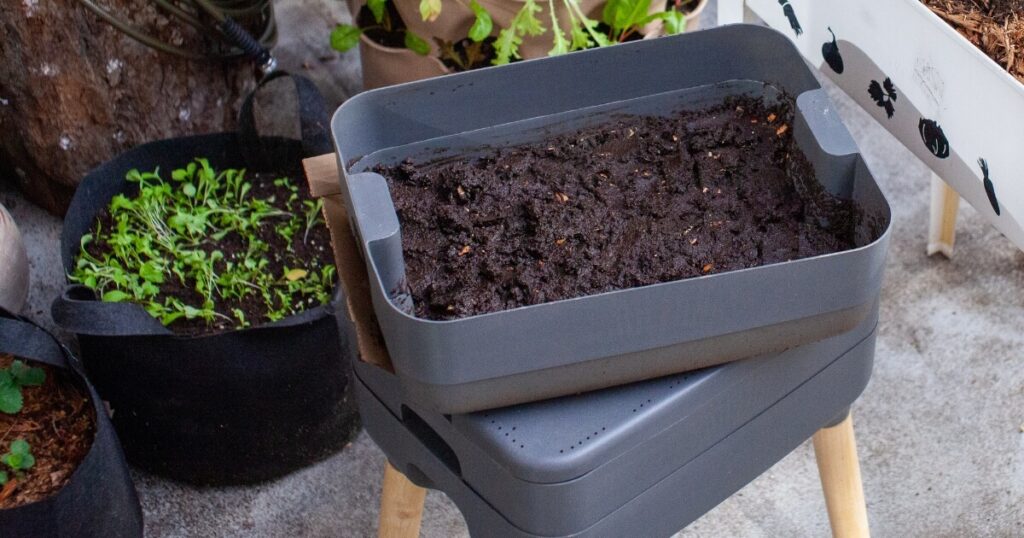
Have you ever considered recruiting an army of worms to help with your composting efforts? Welcome to vermicomposting, where red wigglers become your best friends in breaking down kitchen scraps into some of the most nutrient-packed composts around. This method is fantastic for those living in apartments with limited outdoor space.
Vermicomposting is all about creating the perfect environment for worms to thrive and do what they do best: munch on your organic waste.
The process is quite simple and doesn’t require much space. You can keep a worm bin under the sink or in a closet, and these little wrigglers will quietly get on with their job.
And let’s be honest, there’s something oddly satisfying about seeing your food scraps turn into plant superfood through the power of these tiny creatures.
- Definition: Using worms to break down waste.
- Steps: Setting up a worm bin and maintaining moisture.
- Time Frame: A few months.
- Benefits: Nutrient-rich compost, suitable for indoors.
- Ideal for: Indoor gardeners and eco-conscious users.
Bokashi Composting
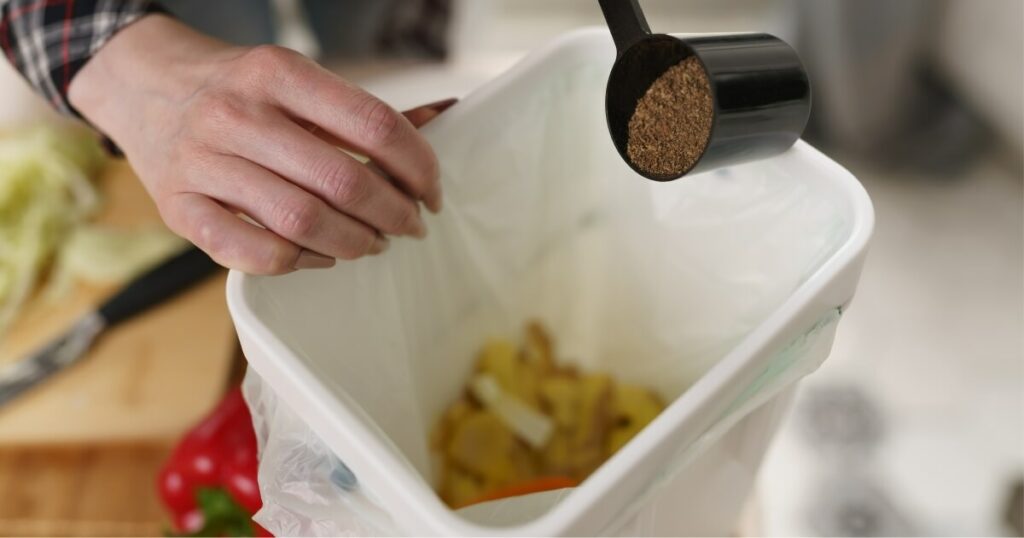
If you’re someone who’s looking to get into composting but your nose wrinkles at the thought of long waits and potential odors, Bokashi composting might just be your match.
Think of it as the fast-food version of composting. It’s quick, efficient, and a little unconventional. Originating from Japan, this method is all about fermentation rather than decomposition.
Bokashi composting is perfect for those with limited space or city dwellers eager to reduce their kitchen waste without a backyard. You can do it right under your kitchen sink!
It’s also quite the environmental ally since it allows you to compost items that usually don’t play well with other methods, like meat and dairy products.
What sets Bokashi apart is its anaerobic process (that’s without oxygen, for us non-scientists). You’re creating a pickling effect by layering your scraps with Bokashi bran in a sealed container. This not only speeds up the process but also minimizes any unpleasant smells.
- Definition: Fermenting kitchen waste.
- Steps: Layering waste with Bokashi bran in a sealed container.
- Time Frame: Rapid, a few weeks.
- Benefits: Handles a variety of waste, including dairy and meat.
- Ideal for: Small spaces, quick composting needs.
Electric Composting
Are you living the high-rise life but still itching to do your part for the planet? Say hello to electric composting, your small-space solution to big environmental aspirations.
This method is like having a tiny robot that turns your leftovers into plant food at the push of a button. It’s indoor composting for the modern age, where convenience meets sustainability.
You just toss in your food scraps and let technology handle the rest. These gadgets use heat, aeration, and rotation to break down organic material quickly.
So, if you love cutting-edge gadgets or are simply looking for an efficient way to make a difference right from your kitchen, electric composting could be just what you’ve been searching for.
- Definition: Indoor composting using electric composters.
- Steps: Adding waste to the composter for automatic decomposition.
- Time Frame: Very fast, days to weeks.
- Benefits: Convenient, odor-controlled.
- Ideal for: Urban dwellers, those with limited space.
